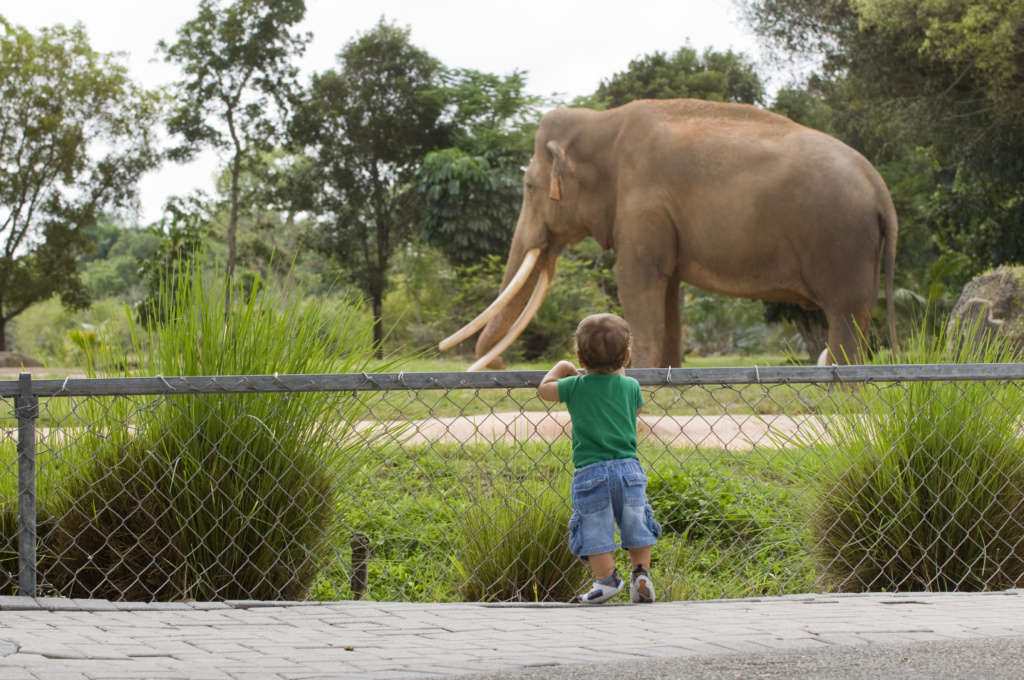
The New Education Inspection Framework (EIF, 2019) has been the subject of debate for a while now, because the process has been bedding in. Just when you thought you had it sorted it’s all change and strange new terminology appears – ‘Cultural Capital’ is one of those terms.
Listening to two Early Years practitioners talking in a setting, I overheard one say ‘they expect us to do so much and now we have to do cultural capital.’ To which the other one responded ‘no we’ll be fine, we’ve got the music tapes for that’
It made me smile, but it raises a serious point – how do you ‘do cultural capital’? It’s hardly surprising that the term is misunderstood, as it is a new term in early years education and is arguably open to interpretation. There are even people who are now selling cultural capital resources such as subject plans, posters and maps and music tapes jumping on what appears to be a brand new bandwagon. So, what is this strange new expectation in early years practice and how do you deliver it?
Cultural Experiences
To answer this question fully we need to look at the history and intent behind the terminology. Pierre Bourdieu (2000) was the first to define cultural capital and he talked about it in terms of assets, speech, accent, education and hobbies and interests. He noted that children from disadvantaged backgrounds were, on the whole, achieving less at school and had poorer access to cultural opportunities, which in turn affected social mobility, wellbeing and life outcomes; In short, he argues culture is a class issue. This fits in with the government's intention to reduce social inequalities and ensure all children have access to the same life opportunities.
We all know that some children have parents who are constantly topping up their cultural capital – they go on family trips, visit libraries, access sports and clubs and have access to a wide variety of cultural experiences. This is not the case for other children who live very differently and have limited access to experiences beyond the immediate ones that are part of daily life.